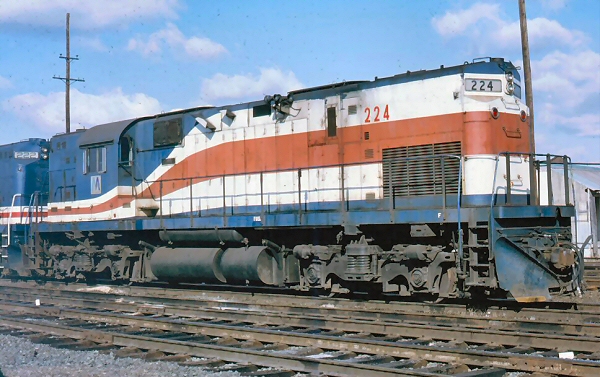When I qualified in 1978, they sent us "Upstairs" In Jamaica to get the traditional speech from a supervisor. RS was that supervisor chosen for my class.
Highlights I recall was dont think you can BS us, we were out there before you and know all the stories. Stick to the truth and you we be treated fairly.
During that RR regime which ended in the mid 80's that was true, if you told the truth and did not try and BS them, you were treated pretty well.
As I have posted before, the supervisors of that era made their way up through the Ranks, and even if not particularly liked, were respected as Railroaders, because they had done the job, and knew it. Even JB in port wash, while he could be a hard A** if ya did not bs him even he was fair in his judgements.
My FM Jr. Story..Was on a train that hit a "trespasser" it was a mess, body parts all over. Had to Go to Jamaica and give a statement.
Afterwards I went across the street to the bar to have a drink. ( Station Cafe? I forget, its been gone for years) I was not a drinker, but just needed to take the edge off, it was a mess.
In walks FM JR, and I have a drink in my hand, off duty but in uniform.
I was like ah crap Im done, we were not to drink in public in uniform.
FM Comes up to me, and says, dont worry, I dont blame ya after what you just saw.
Like I said they were pretty fair, and he was known to lift a glass or 2.
Marty, It runs on steam!
